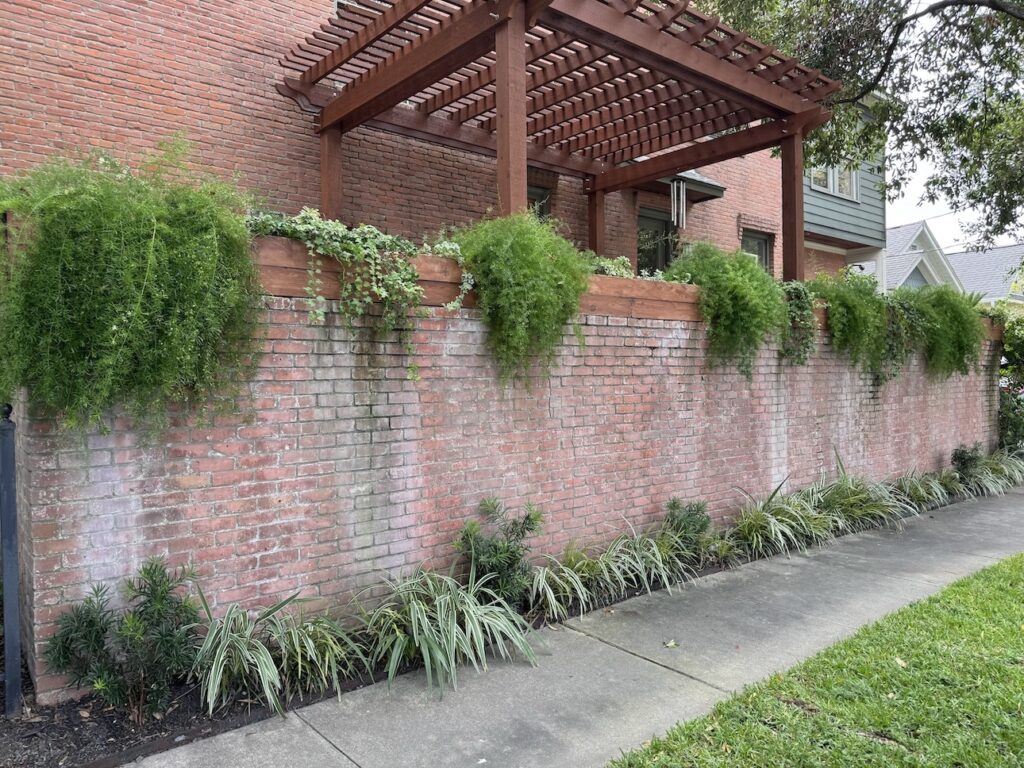Understanding Brick Discoloration: Causes, Prevention, and Solutions
Brick exteriors have long been celebrated for their timeless charm and durability. However, despite their resilience, brick surfaces can succumb to discoloration over time, diminishing their visual appeal. Whether it’s a home, office building, or historical structure, understanding the causes and remedies for brick discoloration is crucial for preserving the beauty and integrity of these surfaces.
What Causes Brick Discoloration?
Brick discoloration occurs due to a variety of environmental, structural, and material-related factors. Identifying the root cause is the first step in addressing the issue effectively.
1. Sunlight and UV Exposure
Prolonged exposure to sunlight can lead to brick fading. UV rays break down the pigments in brick materials, causing the original vibrant colors to dull into pale oranges or yellows. This natural aging process is especially prominent in bricks with brighter or more saturated hues.
2. Efflorescence
Efflorescence is one of the most common causes of discoloration. It manifests as a white, powdery residue on the brick’s surface and occurs when water evaporates, leaving behind dissolved salts. While efflorescence is typically harmless, it can indicate underlying moisture issues that need attention.
3. Lime Run
Often confused with efflorescence, lime run appears as white, chalky streaks caused by calcium carbonate deposits. This occurs when water dissolves calcium compounds from the mortar and carries them to the surface. Lime run is more persistent than efflorescence and often signals excessive water exposure.
4. Biological Growth
Mold, mildew, and algae thrive in damp, shaded areas, leaving green, black, or even brown stains on brick surfaces. These growths not only affect the aesthetic but can also weaken the structure over time if left untreated.
5. Metal Stains
Rust or metallic stains often occur near metal fixtures or components, such as window frames or balconies. These stains can result from corroding metal elements or naturally occurring iron compounds within the bricks themselves.
Preventing Brick Discoloration
While brick discoloration is sometimes inevitable, certain measures can minimize its impact and prolong the pristine appearance of your brick surfaces.
Regular Maintenance
Routine cleaning can prevent the accumulation of dirt, mold, and algae. Use mild detergents and water to clean brick surfaces and avoid harsh chemicals that may damage the material. Pressure washing can be effective but should be performed with care to avoid dislodging mortar.
Proper Drainage
Ensuring that water drains away from brick surfaces is crucial. Gutters, downspouts, and landscaping should be designed to prevent water pooling near the foundation or walls. This reduces the likelihood of efflorescence and biological growth.
Application of Sealants
Applying a high-quality, breathable sealant can help protect bricks from moisture penetration and UV damage. However, it’s important to choose a product specifically designed for masonry to allow the brick to “breathe,” preventing trapped moisture from causing further issues.
Addressing Metal Fixtures
Regularly inspect metal components near brick surfaces to identify and address rust or corrosion. Painting or sealing these elements can reduce the risk of metallic stains on bricks.
How to Address Brick Discoloration
If discoloration has already occurred, several methods can help restore the original appearance of your brick surfaces.
Efflorescence Removal
Efflorescence can often be removed with a dry brush or a mixture of water and white vinegar. For more stubborn deposits, commercial masonry cleaners are available. It’s also vital to address the source of moisture causing the efflorescence to prevent recurrence.
Cleaning Lime Run
Removing lime run requires more effort than efflorescence. Acid-based cleaners specifically designed for masonry may be necessary. Always follow manufacturer instructions and consider consulting a professional for severe cases.
Eliminating Mold and Algae
Mold and algae can be treated with a solution of water and bleach or a commercial cleaner. Apply the solution with a soft brush and rinse thoroughly with water. Prevent future growth by improving drainage and sunlight exposure.
Removing Rust Stains
Rust stains can be treated using oxalic acid-based cleaners. These products dissolve the rust without damaging the brick. Protective measures, like sealing metal fixtures, can help prevent future staining.
Professional Restoration
For significant discoloration or complex issues, hiring a professional masonry restoration service is recommended. Experts can assess the problem, apply specialized treatments, and ensure lasting results.
Conclusion
Brick discoloration is a common issue, but it doesn’t have to compromise the beauty of your home or building. Understanding the causes, taking preventive measures, and addressing existing discoloration promptly can help maintain the timeless appeal of your brick surfaces.
Whether you’re dealing with efflorescence, biological growth, or fading from UV exposure, there are effective solutions to restore and protect your brickwork.
